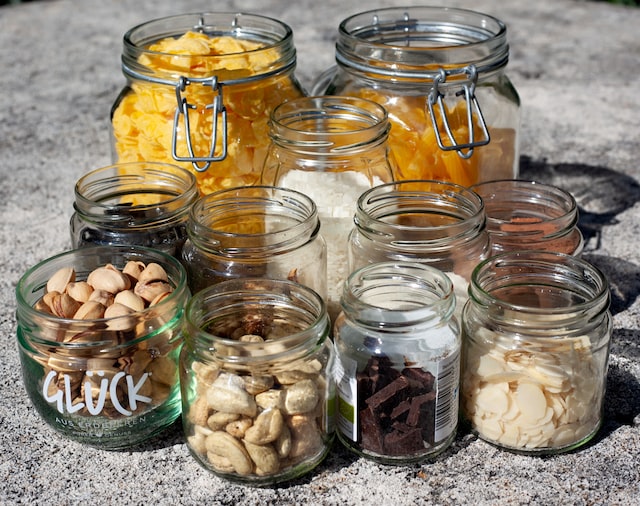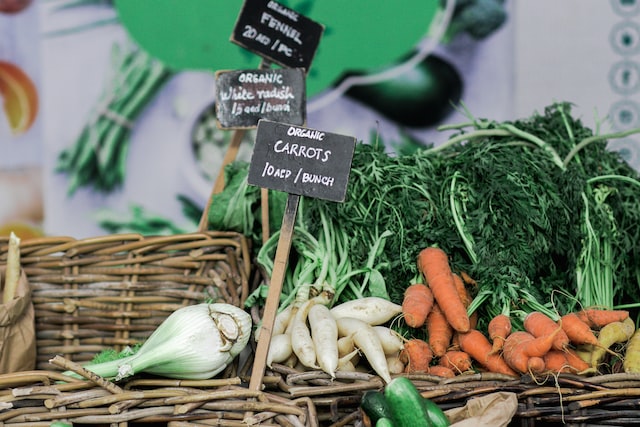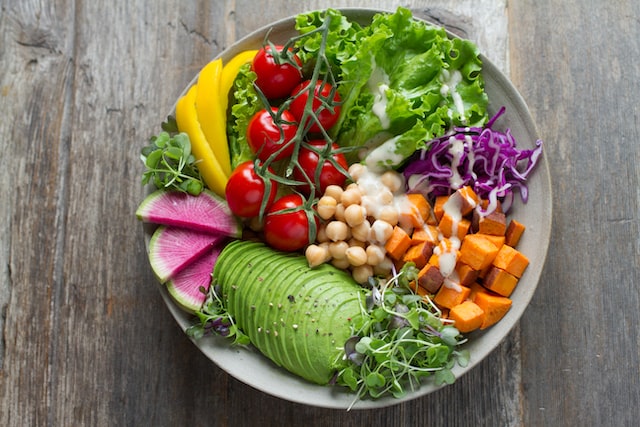Food packaging is an essential part of the food industry. Not only does it protect and preserve all your favorite items, but it also helps draw in customers with its eye-catching design and convenience. Whether you’re running a food business, catering to large events, or looking for ways to store homemade meals, taking the time to consider different types of food packaging can make a world of difference!
Flexible Packaging
Flexible packaging is revolutionizing the food industry! Lightweight and cost-effective, it offers many benefits for snacks, cereals, and other dry goods. This packaging provides convenience for the consumer through its space-efficient design, allowing more items to be transported without taking up too much room.
Furthermore, flexible packaging significantly reduces waste generation—a great boon for the environment! Plus, it can be easily customized to show vivid designs and information about items.
Rigid Packaging
Rigid packaging is the perfect solution for getting heavier items from point A to point B with guaranteed durability. This packaging offers superior strength and protection for products like canned goods, frozen foods, and beverages that require safe and secure transportation.
Rigid packaging has become increasingly popular among manufacturers due to its sturdy nature and ability to meet the most demanding criteria while simultaneously helping to reduce materials and shipping costs.
Stand-Up Pouches
Stand-up pouches have revolutionized the food packaging industry, becoming a staple for snacks, condiments, and sauces. These pouches are incredibly convenient to open and surprisingly durable.
They can also stand upright on store shelves, making them ultra-appealing to customers looking for something quick and easy. Furthermore, the sheer variety of designs that may be printed on these pouches allows companies to showcase their products boldly and attractively.
Corrugated Boxes
Corrugated boxes offer a reliable solution for shipping food items. Not only are they strong and durable, which is especially necessary when transporting perishable goods, but they are also lightweight – an important factor in saving on shipping costs.
Whether it’s produce, dairy products or frozen foods, corrugated boxes provide the perfect packaging solution with their sleek design and robust build quality.
Glass Jars
Glass jars are increasingly becoming popular for those looking to store their favorite food items, from jams and jellies to sauces and more. Not only does the glass material offer a safer, non-toxic way of packaging food, but its attractive aesthetic also makes it a great choice for decorative purposes as well.
For instance, many people choose to display glass jars filled with all sorts of colorful items on their shelves, adding a unique charm and character to their home.
Plastic Containers
Plastic containers are a compelling choice when packaging food items. They are lightweight, durable, and relatively inexpensive, and they can also preserve taste and texture for longer than other materials.
This makes them an excellent solution for snacks, condiments, sauces, marinades, and much more, given their convenience in storing and transporting certain food items.
Conclusion
Whether you decide on a classic option or something more modern and advanced, be sure that whatever types of food packaging you choose will leave a lasting impression on customers. Ultimately, the goal is to accompany our delicious dishes with an equally delightful presentation. Good luck!
Need a hand with the food packaging for your business? We’d be happy to help! Click here to book a complimentary consultation with the greater goods today.











